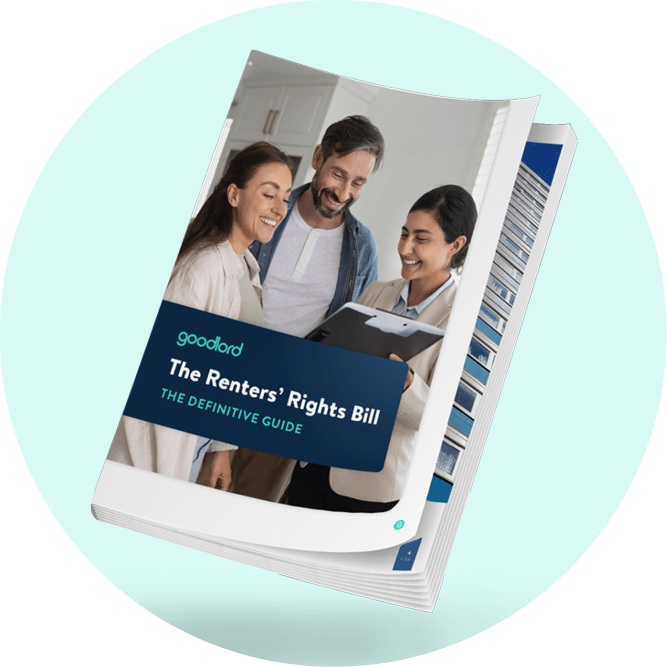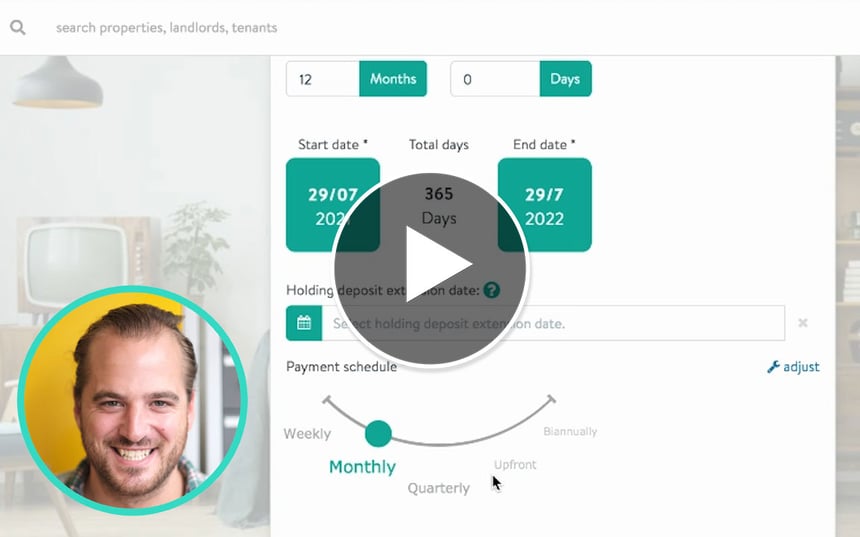How to choose the right rental payment method to help your agency get paid on time
There are many ways for your tenants to pay their rent. Some are faster and more efficient than others. Here's what you need to know to help you decide what's the best process for your agency and to encourage your tenants to use your preferred method - so you get paid on time.
Rent is probably one of the largest transactions that your tenants make each month - and the recurring way that it's paid is equivalent to a very expensive subscription. Like all subscriptions, you want to receive the right amount on time and to be able to easily track when it has been paid.
With subscriptions like Spotify, we wouldn't want to pay via cash or bank transfer and, equally, Spotify wouldn’t allow it - so why should rent payments be any different?
There are of course many ways to chase rent once it is late but incentivising people to pay on time will solve your issues before they become problems. One way to make sure your rent is paid on time is to make sure you are using the right payment method.
Some methods are tried and tested but have their flaws, while new tech solutions, such as the automated chasing and online payments that Goodlord's Rent Collection service can provide, could be the way forward - and choice in payment method may also be your friend.
Here's a breakdown of the pros and cons for each payment method out there, to help you encourage your tenants to pay on time and in the best way to help your agency's processes.
Traditional rental payment methods
Cash or cheque
A rarity nowadays, but still something that agents accept. It is, however, not the most efficient way to collect rent, to say the least.
Tenants have to come to your office to hand over the payment, you'll have a lot of extra work to store and process the payment, and you'll also need to write each receipt by hand. A protracted, manual process.
Bank transfer
Bank transfers have long been the first port of call for paying rent, as UK payments can be fast - often transferred in under 2 hours - and it's free for tenants and agents.
However, the onus is on your tenants to get all the details right - the amount, the day, with the reference. A small mistake can take a long time for your agency to rectify.
It's also not the best experience for your customers, as they are still required to log in each time to their banking app and the tenant won't receive a receipt.
International bank account transfers can also take up to five days to reach your or your landlord's account.
Standing Order
Standing orders are still free and fast, and can help to remove tenant human error.
However, there's no way for you to tell if they've set it up and, from our own research, we know that at least 60% of tenants do not.
You also won't know if your tenant cancels or has made any relevant changes to the amounts they owe - especially at the end of a tenancy or on renewal.
Card
Card payments - although a familiar way to pay via card machine or over the phone with a receipt generated - are very expensive and you can't pass those charges onto your tenants.
Payments can also take three days to clear, although you'll receive the confirmation of payment quickly.
Tech-enabled ways to pay rent
Open banking
With an open banking payment, the tenant is guided through a mobile or desktop flow in their browser - similar to the process with online card payments.
They're asked to verify the payment in the same way as they would log into their online banking and, on mobile especially, this can be as simple as using face or fingerprint verification.
It's cheaper than card payments and normally the money's transferred in under two hours - and it's easy for your agency to track that payment, meaning less admin. It removes any possibility of human error, with the account details, amount, and reference all pre-set by you.
There are still some restrictions, mainly that you'd need to set up an integration for it to work, it's only supported by UK and some EU banks, and tenants still need to go through this flow each time they pay their rent - but some industries are already seeing conversion rates of 80% using open banking showing its potential for the future.
Direct Debit
Direct debits remove human error and are easy to set up, with the right tech. From our research, 60% of tenants say they would want to pay rent via direct debit, so you would be catering to their needs as well.
You get notified when a tenant sets it up and if they cancel it, and you can control the payment to cancel it or amend the amount from your side too, on renewal or at the end of the tenancy.
Similarly, after the initial set up, it can take a few days to create and the money can take a couple of days to clear, as with normal card payments - but this can be countered by taking the direct debit a couple of days in advance of the due date.
Cost traditionally means it is only reserved for large agencies who have economies of scale. This cost must be balanced against the time saved in admin and the peace of mind you'll have knowing that you will regularly receive each payment.
Learn more about Goodlord Rent Collection, with its automated chasing and reconciliation made easy.










